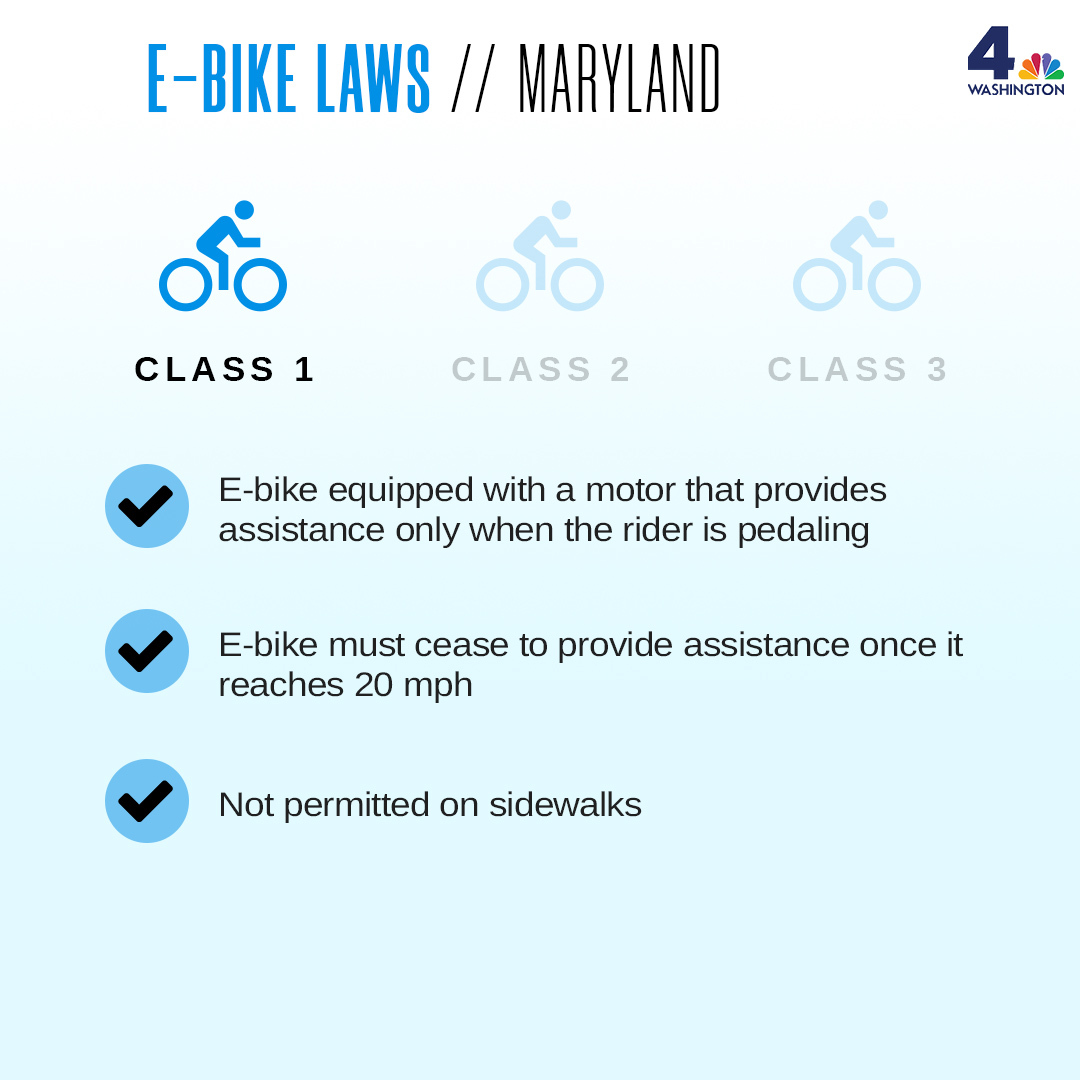A Newcomer'S Resource On E-Bike Legalities And Rules In Your Community
A Newcomer'S Resource On E-Bike Legalities And Rules In Your Community
Blog Article
Team Author-Goldberg Salomonsen
Before you hop on your e-bike and struck the streets, it's critical to comprehend the regulations and guidelines that control your city. From rate limits to assigned riding areas, there's a great deal to think about to guarantee you're certified and secure. By acquainting on your own with the rules specific to e-bikes, you'll be better equipped to enjoy your experiences without any unanticipated lawful concerns. Remain tuned to find essential insights that will aid you navigate the e-bike landscape in your city perfectly.
Comprehending E-Bike Classification
When it concerns browsing the realm of e-bike laws and laws, an essential beginning point is recognizing the category system that categorizes these electric bicycles. E-bikes are normally identified into 3 primary categories: Class 1, Course 2, and Course 3.
Class 1 e-bikes are pedal-assist only, meaning they offer support while the cyclist is pedaling and have a maximum speed of 20 miles per hour. These bikes are allowed areas where standard bikes are allowed.
https://fat-tire-ebike-wholesaler61491.bloggosite.com/38953130/the-future-of-commuting-why-electric-bikes-are-transforming-urban-traveling -bikes are furnished with a throttle that can thrust the bike without pedaling. They also have a maximum speed of 20 mph and appropriate for cyclists who may need assistance without pedaling continuously.
https://fat-bike-ebike-suppliers31986.blogdun.com/32833559/electric-bikes-a-wise-decision-for-ecologically-mindful-living -bikes are similar to Class 1 but with a higher maximum speed of 28 miles per hour. These bikes are typically restricted from particular bike paths or routes due to their greater speeds.
Understanding these classifications is vital for adhering to neighborhood policies and ensuring a secure and delightful e-biking experience.
Browsing Speed Restrictions and Limitations
To effectively navigate e-bike laws and regulations, it's critical to understand the speed limits and constraints that apply to different courses of electrical bikes.
https://ebiketips.road.cc/content/reviews/hybrid-e-bike/giant-expression-e-1-a-comfortable-mile-muncher-with-intuitive for e-bikes vary depending upon the classification of the bike. Class 1 e-bikes, which are pedal-assist just and have a maximum speed of 20 miles per hour, are usually enabled on bike lanes and courses.
Class 2 e-bikes, which have a throttle in addition to pedal-assist and also get to rates of approximately 20 mph, might be restricted in certain locations where motorized vehicles aren't allowed.
Class 3 e-bikes, with pedal-assist approximately 28 mph, are normally required to follow the same guidelines as conventional bicycles.
It is necessary to adhere to these speed limitations and limitations to guarantee your security and the security of others when traveling. Before riding your e-bike, familiarize on your own with the particular laws in your city to stay clear of any kind of possible fines or legal problems.
Where to Trip Your E-Bike
To figure out where you can ride your e-bike, it's essential to understand the guidelines and guidelines certain to your place. In the majority of locations, e-bikes are normally permitted on roadways and streets where conventional bikes are permitted. This might include bike lanes, bike paths, and shared highways. However, it's crucial to inspect regional laws as some cities might have details limitations on where e-bikes can be ridden.
When riding your e-bike, always prioritize safety by following website traffic rules and respecting pedestrian walkways. Furthermore, be mindful of any kind of marked bike lanes or paths in your area and utilize them whenever possible to ensure a smoother and much safer adventure.
Some cities additionally have regulations pertaining to e-bike use on pathways, so make certain to acquaint yourself with these regulations to stay clear of any kind of penalties or fines.
Conclusion
Since you recognize with the legislations and laws surrounding e-bikes in your city, you can confidently hit the trail knowing where you can ride and what constraints put on your e-bike classification. Keep in mind to always focus on safety and comply with the guidelines to guarantee a smooth and legal experience. Delighted riding!
